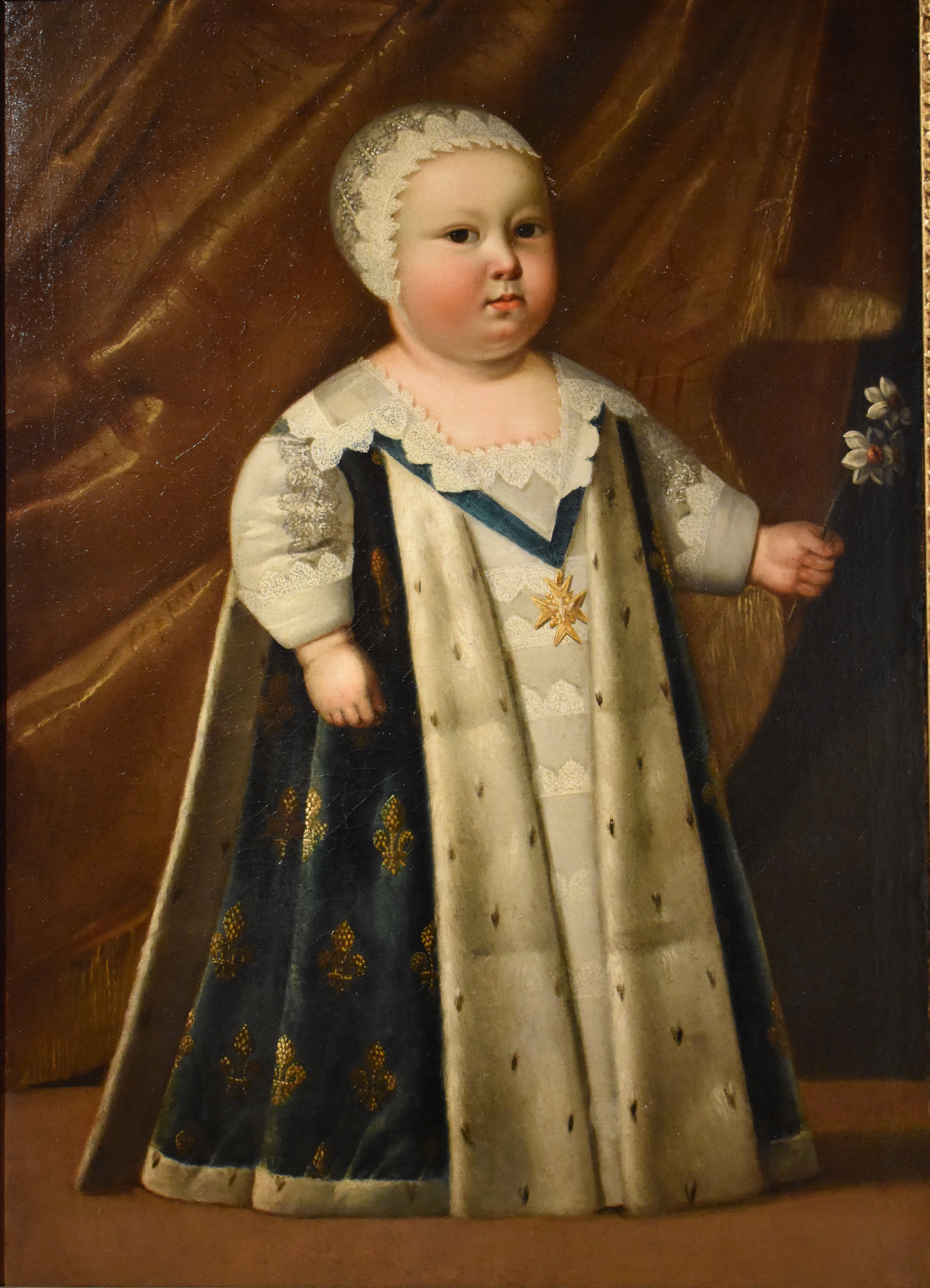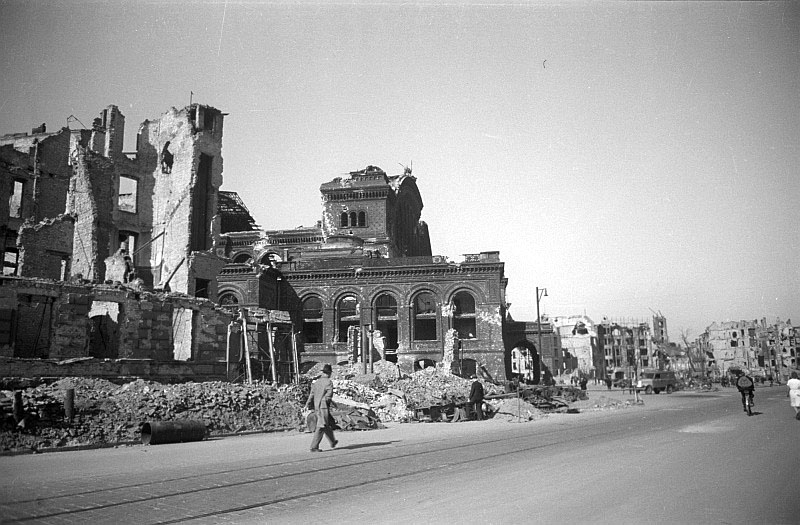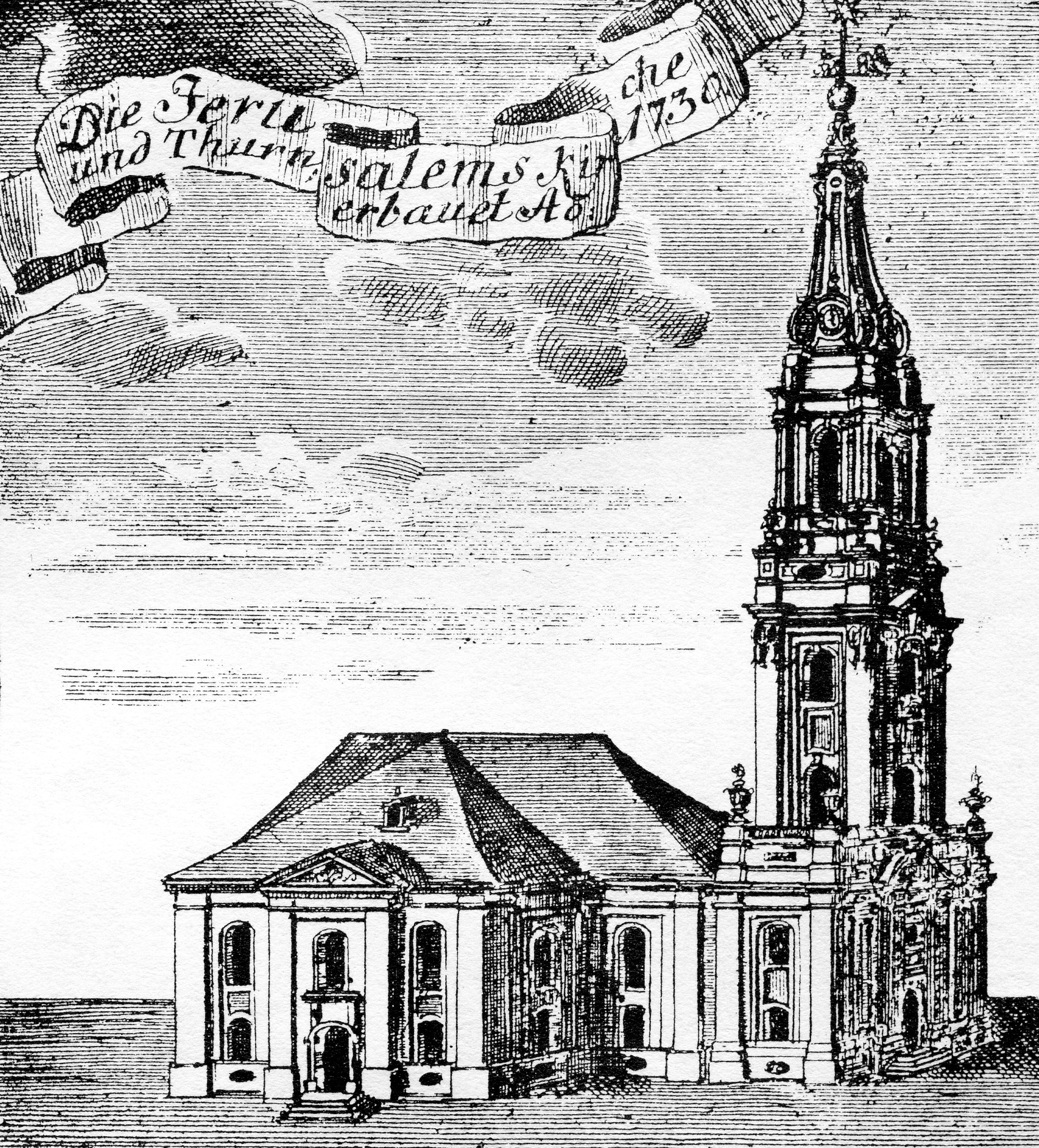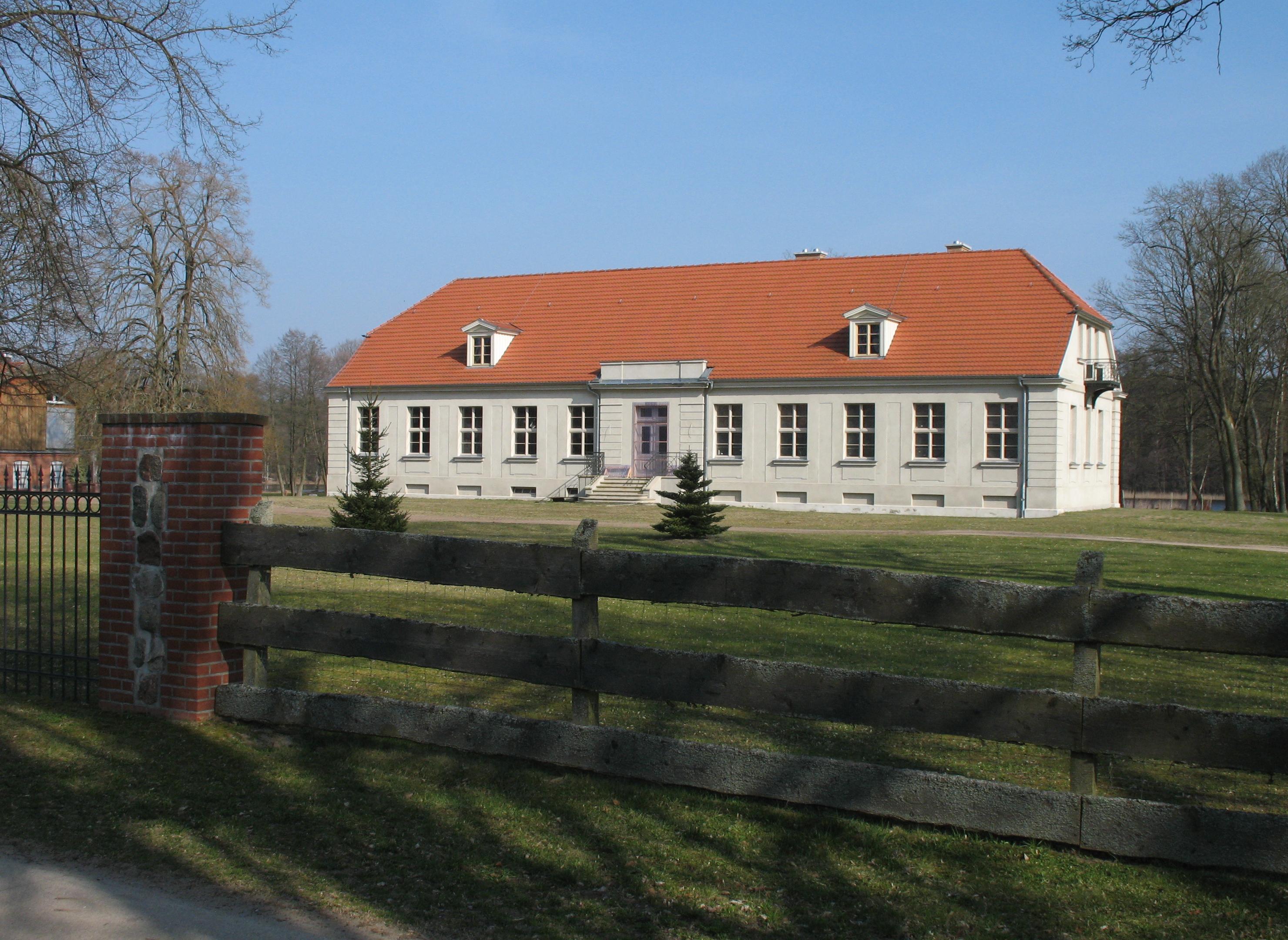|
Antoine Pesne
Antoine Pesne () (29 May 1683 – 5 August 1757) was a French-born court painter of Prussia. Starting in the manner of baroque, he became one of the fathers of rococo in painting. His work represents a link between the French school and the Frederican rococo style. Early life Born in Paris, Pesne first studied art under his father and uncle. From 1704 to 1710 he received a stipend for advanced training at the Académie Royale in Italy. Career In 1710, Pesne was called to Berlin by King Frederick I in Prussia. The king had seen and liked a painting of a German nobleman Pesne had completed in Venice and wanted Pesne to complete a study of himself. Upon the death of the king in 1713, Pesne worked in the courts of Dresden and Dessau, and later visited London and Paris, where he was made a full member of the Académie Royale in 1720. While there, he painted the a portrait of a well-known collector Pierre-Jean Mariette in 1723. Mariette had extensive international conne ... [...More Info...] [...Related Items...] OR: [Wikipedia] [Google] [Baidu] |
Antoine Pesne - Self-Portrait With Daughters - WGA17381
Antoine is a French given name (from the Latin '' Antonius'' meaning 'highly praise-worthy') that is a variant of Danton, Titouan, D'Anton and Antonin. The name is used in France, Switzerland, Belgium, Canada, West Greenland, Haiti, French Guiana, Madagascar, Benin, Niger, Burkina Faso, Ivory Coast, Guinea, Senegal, Mauritania, Western Sahara, Morocco, Algeria, Tunisia, Chad, Central African Republic, Cameroon, Equatorial Guinea, Gabon, Republic of the Congo, Democratic Republic of the Congo, Burundi, and Rwanda. It is a cognate of the masculine given name Anthony. Similar names include Antaine, Anthoine, Antoan, Antoin, Antton, Antuan, Antwain, Antwan, Antwaun, Antwoine, Antwone, Antwon and Antwuan. Feminine forms include Antonia, Antoinette, and (more rarely) Antionette. As a first name * Antoine Alexandre Barbier (1765–1825), a French librarian and bibliographer * Antoine Arbogast (1759–1803), a French mathematician *Antoine Arnauld (1612–1694), a French theologi ... [...More Info...] [...Related Items...] OR: [Wikipedia] [Google] [Baidu] |
Eleonore Von Schlieben
Countess Eleonore Louise Albertine von Schlieben-Sanditten (1720 - 15 February 1755) was a German noblewoman and a lady in waiting to Elisabeth Christine of Brunswick-Wolfenbüttel-Bevern, the wife of Frederick the Great. Biography Eleonore was born in 1720 to George Christoph, Count of Schlieben, Lord of Sanditten and Eleonore Lucia von Ilten. In 1742 she married Baron Dietrich Cesarion von Keyserling. In 1744 they had a daughter, Adelaide Friederike von Keyserling. Frederick II served as the godfather of their daughter. Eleonore was widowed shortly after the birth of her daughter. Frederick II allowed her to take up residence at Schönhausen Castle, where she was in charge of housekeeping and managing the daily routines of the estate. She would entertain the Prussian queen, Elisabeth Christine of Brunswick-Wolfenbüttel-Bevern, by playing music. She was painted by Antoine Pesne, the court painter of Prussia, while in service to the queen. The painting now hangs in Charlotte ... [...More Info...] [...Related Items...] OR: [Wikipedia] [Google] [Baidu] |
Louis XIV
, house = Bourbon , father = Louis XIII , mother = Anne of Austria , birth_date = , birth_place = Château de Saint-Germain-en-Laye, Saint-Germain-en-Laye, France , death_date = , death_place = Palace of Versailles, Versailles, France , burial_date = 9 September 1715 , burial_place = Basilica of Saint-Denis , religion = Catholicism ( Gallican Rite) , signature = Louis XIV Signature.svg Louis XIV (Louis Dieudonné; 5 September 16381 September 1715), also known as Louis the Great () or the Sun King (), was King of France from 14 May 1643 until his death in 1715. His reign of 72 years and 110 days is the longest of any sovereign in history whose date is verifiable. Although Louis XIV's France was emblematic of the age of absolutism in Europe, the King surrounded himself with a variety of significant political, military, and cultural figures, such as Bossuet, Colbert, Le Brun, Le Nôtre, Lully, Mazarin, Molière, Racine, ... [...More Info...] [...Related Items...] OR: [Wikipedia] [Google] [Baidu] |
Hallesches Tor (Berlin U-Bahn)
Hallesches Tor is a Berlin U-Bahn station in the central Kreuzberg quarter, served by lines U1, U3, and U6. It is named after the historic ''Hallsches Tor'' ( Halle Gate) of the Berlin Customs Wall, erected in the 18th century. Overview The historic gate of the Customs Wall, laid out from 1737 onwards to replace the medieval city fortifications, marked the southern tip of the Friedrichstadt neighbourhood. It was located at the southern end of Friedrichstraße and the ''Rondell'' (renamed '' Belle-Alliance-Platz'' in 1815 and Mehringplatz in 1946). Neighbouring gates were on Potsdamer Platz in the west and on Wassertorplatz (Water Gate) in the east, where the present course of the U1 viaduct roughly corresponds to the former city wall. South of the gate, a wooden bridge led across the Landwehr Canal; from here the road ran via Tempelhof to the city of Halle, part of Brandenburg-Prussia since 1680. The present-day stone bridge was built between 1874 and 1876. The U1 and U3 p ... [...More Info...] [...Related Items...] OR: [Wikipedia] [Google] [Baidu] |
Kreuzberg
Kreuzberg () is a district of Berlin, Germany. It is part of the Friedrichshain-Kreuzberg borough located south of Mitte. During the Cold War era, it was one of the poorest areas of West Berlin, but since German reunification in 1990 it has become more gentrified and known for its arts scene. The borough is known for its large percentage of immigrants and descendants of immigrants, many of whom are of Turkish ancestry. As of 2006, 31.6% of Kreuzberg's inhabitants did not have German citizenship. Kreuzberg is noted for its diverse cultural life and experimental alternative lifestyles, and is an attractive area for many, however, some parts of the district are still characterized by higher levels of unemployment. The counterculture tradition of Kreuzberg led to a plurality of votes for the Green Party, which is unique among all Berlin boroughs. Geography Layout Kreuzberg is bounded by the river Spree in the east. The Landwehrkanal flows through Kreuzberg from east to ... [...More Info...] [...Related Items...] OR: [Wikipedia] [Google] [Baidu] |
New Church (Berlin)
The New Church (german: Neue Kirche; colloquially german: Deutscher Dom, meaning "German Cathedral"), is located in Berlin on the Gendarmenmarkt across from French Church of Friedrichstadt (''French Cathedral''). Its parish comprised the northern part of the then new quarter of Friedrichstadt, which until then belonged to the parish of the congregations of Jerusalem's Church. The Lutheran and Calvinist (in German Reformed Church) congregants used German as their native language, as opposed to the French-speaking Calvinist congregation of the adjacent French Church of Friedrichstadt. The congregants' native language combined with the domed tower earned the church its colloquial name ''Deutscher Dom''. While the church physically resembles a cathedral, it is not a cathedral in the formal sense of the word, as it was never the seat of a bishop. After being heavily damaged during the bombing of Berlin in World War II, reconstruction was completed 1988; the church now serves as a muse ... [...More Info...] [...Related Items...] OR: [Wikipedia] [Google] [Baidu] |
Jerusalem's Church
Jerusalem Church (german: Jerusalem(s)kirche, Jerusalemer Kirche) is one of the churches of the Evangelical Congregation in the Friedrichstadt (under this name since 2001), a member of the Protestant umbrella organisation Evangelical Church of Berlin-Brandenburg-Silesian Upper Lusatia. The present church building is located in Berlin, borough Friedrichshain-Kreuzberg, in the quarter of Friedrichstadt. Jerusalem Church is fourth in rank of the oldest oratories in the town proper (except of suburbs incorporated in 1920, which are partly older). Early history of Roman Catholic Jerusalem Church A certain Müller, a burgher of Berlin, endowed a chapel in gratitude for his lucky rescue from a Saracen assault during his pilgrimage to Jerusalem. On 18 October 1484 Arnold von Burgsdorff, Prince-Bishop of Brandenburg, issued an indulgence, promising all those helping to restore the chapel 40 days less in the purgatory. The indulgence is the oldest surviving document mentioning the chapel ... [...More Info...] [...Related Items...] OR: [Wikipedia] [Google] [Baidu] |
Protestant
Protestantism is a Christian denomination, branch of Christianity that follows the theological tenets of the Reformation, Protestant Reformation, a movement that began seeking to reform the Catholic Church from within in the 16th century against what its followers perceived to be growing Criticism of the Catholic Church, errors, abuses, and discrepancies within it. Protestantism emphasizes the Christian believer's justification by God in faith alone (') rather than by a combination of faith with good works as in Catholicism; the teaching that Salvation in Christianity, salvation comes by Grace in Christianity, divine grace or "unmerited favor" only ('); the Universal priesthood, priesthood of all faithful believers in the Church; and the ''sola scriptura'' ("scripture alone") that posits the Bible as the sole infallible source of authority for Christian faith and practice. Most Protestants, with the exception of Anglo-Papalism, reject the Catholic doctrine of papal supremacy, ... [...More Info...] [...Related Items...] OR: [Wikipedia] [Google] [Baidu] |
Frederick II Of Prussia
Frederick II (german: Friedrich II.; 24 January 171217 August 1786) was King in Prussia from 1740 until 1772, and King of Prussia from 1772 until his death in 1786. His most significant accomplishments include his military successes in the Silesian wars, his re-organisation of the Prussian Army, the First Partition of Poland, and his patronage of the arts and the Enlightenment. Frederick was the last Hohenzollern monarch titled King in Prussia, declaring himself King of Prussia after annexing Polish Prussia from the Polish–Lithuanian Commonwealth in 1772. Prussia greatly increased its territories and became a major military power in Europe under his rule. He became known as Frederick the Great (german: links=no, Friedrich der Große) and was nicknamed "Old Fritz" (german: links=no, "Der Alte Fritz"). In his youth, Frederick was more interested in music and philosophy than in the art of war, which led to clashes with his authoritarian father, Frederick William I of Pr ... [...More Info...] [...Related Items...] OR: [Wikipedia] [Google] [Baidu] |
Sanssouci
Sanssouci () is a historical building in Potsdam, near Berlin. Built by Prussian King Frederick the Great as his summer palace, it is often counted among the German rivals of Versailles. While Sanssouci is in the more intimate Rococo style and is far smaller than its French Baroque counterpart, it, too, is notable for the numerous temples and follies in the surrounding park. The palace was designed and built by Georg Wenzeslaus von Knobelsdorff between 1745 and 1747 to meet Frederick's need for a private residence where he could escape the pomp and ceremony of the royal court. The palace's name is a French phrase (''sans souci'') that translates as "without concerns", meaning "without worries" or "carefree", emphasising that the palace was meant as a place of relaxation, rather than a seat of power. Sanssouci is little more than a large, single-story villa—more like the Château de Marly than Versailles. Containing just ten principal rooms, it was built on the brow of a t ... [...More Info...] [...Related Items...] OR: [Wikipedia] [Google] [Baidu] |
Rheinsberg
Rheinsberg () is a town and a municipality in the Ostprignitz-Ruppin district, in Brandenburg, Germany. It is located on lake and the river Rhin, approximately 20 km north-east of Neuruppin and 75 km north-west of Berlin. History Frederick the Great, while still Crown Prince, designed and moved into a restored chateau in Rheinsberg shortly after his 1733 marriage to Elisabeth Christine of Brunswick-Bevern. Here he experienced his "Rheinsberg Period", an era marked by regular correspondence with Voltaire, boisterous celebration in the company of minor philosophers and musicians, and the writing of several works of political theory, including the '' Anti-Machiavel.'' In 1870, the painter Eduard Gaertner and his family decided to leave the hectic atmosphere of Berlin and settle in Flecken Zechlin, a suburb of Rheinsberg - where he lived until his death in 1877. Rheinsberg is the location for Kurt Tucholsky's '' Rheinsberg'', a 1912 picture book for lovers based ... [...More Info...] [...Related Items...] OR: [Wikipedia] [Google] [Baidu] |
Gisela Agnes Of Anhalt-Köthen
Gisela is the name of: People Full name * Gisela, Abbess of Chelles (757–810), daughter of Pepin the Short, sister of Charlemagne ** Gisela, daughter of Charlemagne (781–808) * Gisela, daughter of Louis the Pious (born 821), consort of Eberhard of Friuli * Gisela of France, also Gisella or Giséle (fl. 911), traditionally, a daughter to the king of France, Charles the Simple and a consort of Rollo * Gisela of Burgundy (c. 975 – 21 July 1006), daughter of Conrad, king of Burgundy ** Gisela of Hungary (c. 985 - 7 May 1065), her daughter * Gisela of Swabia (989 or 990 – 14 February 1043), Holy Roman Empress, wife of Conrad II, Holy Roman Emperor * Archduchess Gisela of Austria (12 July 1856 – 27 July 1932), daughter to Emperor Franz Joseph I of Austria and Elisabeth of Bavaria, named after Giselle of Bavaria * Gisela (singer) (born January 1, 1979), a Spanish singer Given name * Gisela (name) Other * Gisela, Arizona, a US census-designated place * Gisela (magazine) ''Gisel ... [...More Info...] [...Related Items...] OR: [Wikipedia] [Google] [Baidu] |









